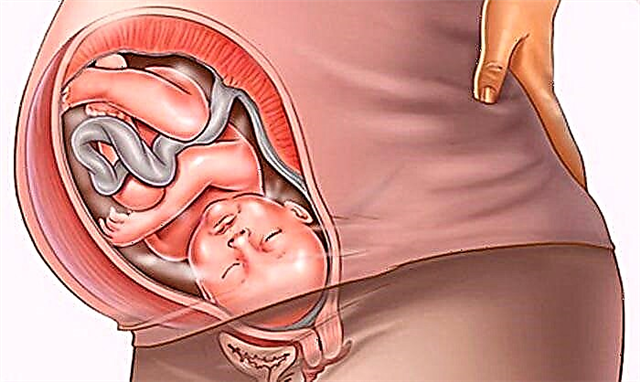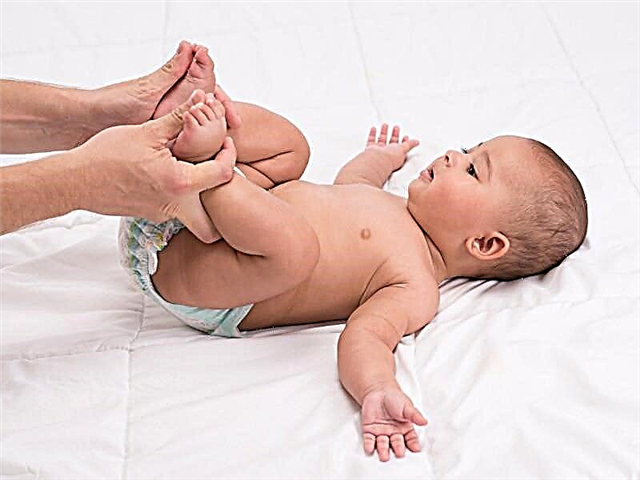Various diseases of the gastrointestinal tract can be the reasons for changes in the frequency and consistency of stools. In the coprogram of a child up to one year old, fiber and starch may be present in minimum concentrations according to the norm. What muscle fibers in a child's feces can mean, and how to avoid the development of pathology, you should know in order to contact the right specialist in time for subsequent treatment.

Coprogram under a microscope
What are muscle fibers in feces
In case of violation of the activity of the digestive tract, feces are characterized by the presence of fiber with striation along the longitudinal and transverse directions. The structures of the fibers are painted in a white, brownish-brown or dark shade, this indicates how the underlying disease is progressing.

Digestible fiber
The occurrence of muscle fibrillation in the coprogram is closely related to the consumption of food rich in protein. Its remnants come out with feces, which should not normally be.
Note! As a rule, bowel movements are atypical if they contain unchanged fibers. These fibers have a cylindrical shape and create sharp corners with a cross-type striation.
Usually, the hydrochloric acid in the gastric juice destroys the fiber structure, the final digestion of which is carried out further in the intestinal tract (duodenum).
Norm or deviation
Under normal conditions, fibers should not be part of the feces; when examined under a microscope, they are also normally absent. In small amounts, they can be visualized when the patient ate a lot of fibrous meat before the analysis.
In the event that the level of hydrochloric acid is reduced, then the meat product leaves the duodenum not completely split, but in the feces it is presented in the form of white fiber.
Important! In the analyzes of feces of children under one year old, the presence of fibrous tissue is permissible, since the gastrointestinal tract develops up to three years. In the process of strengthening the digestive tract, striation in the feces will gradually decrease.
Varieties and their characteristics
The three main groups of muscle fibers are:
- Unmodified or those that the intestines may not digest. Their striation is transverse and pronounced. Protein food particles come out completely unchanged. Under the microscope, these are fibers in the form of long cylinders with sharp corners or transverse clear stripes.
- Little changed or those that are difficult to digest. Striation is longitudinal in this case. White fibers are visible in the stool, which are only partially digested. Under the microscope, they look like a square or rectangle, the corners are more rounded and not so clear.
- Modified or those that the intestines can completely digest. Fecal masses are not changed in structure, striation is not traced. Under the microscope, they appear as a whitish lump with a smooth surface and a round shape.
The presence of undigested muscle fibers in the feces of a child is acceptable, but these should be small amounts. In an adult, this phenomenon is called the medical term - creatoria.

Varieties of muscle fibers
A third type of muscle fiber without striation is considered a relative norm if present in the analysis. In this case, it is not a pathological disease, but the presence of some physiological abnormality during this period.
Physiological reasons for the presence of fibers without striation in feces can be:
- If the protein has been poorly thermally processed, especially if it is red meat, then the process of its processing is very difficult for the digestive tract. For this reason, feces can become fibrous.
- If food is chewed poorly, quickly, “on the run”. In this case, the load on the gastrointestinal tract increases, in medicine this term is called "gastric arrest". The body does not completely process all meat or other protein produced.
- If a person overeats. Then the stomach is heavily loaded, so it cannot completely digest the heaviest food.
Additional Information. In a healthy person, decay products remain in the feces after complete processing of protein food: uric acid, water and ammonia.
Why is feces fibrous
It is quite an alarming sign if the fibers in the excrement are streaked. This is considered a deviation that is associated with a violation of the gastrointestinal tract. In this case, the patient is prescribed additional examinations to detect foci of the disease and subsequent treatment. Coprogram is prescribed by a therapist, gastroenterologist or surgeon.
If a child under three years old has fibrous content, then after the expiration of this age, the reasons for the appearance of such a problem (creator) may be:
- gastritis;
- pancreatitis;
- putrid dyspepsia;
- tumors of the pancreas or intestines.

Characteristics of the creator
If a child eats the same food as adults, then in the case of fibrous feces, he should be examined by specialists. If the baby is offered too many meat dishes or cereals in which there is a lot of protein, then after diagnosing and identifying the cause of the presence of a protein enzyme in the excrement, the doctor can change the diet and reduce the use of these products.
Gastritis
The disease appears due to impaired production of hydrochloric acid. Muscle fibers in this variant with cross striation, indicating achilia - the absence of hydrochloric acid or necessary enzymes in the stomach juice.
Pancreatitis
Longitudinal striation of fibers in feces is due to pancreatitis. If the disease is diagnosed, then this indicates that the organ has begun to produce fewer enzymes than is necessary for good digestion.
Additional Information. Such structures can appear most often due to malfunctions in the pancreas. There are other cases when the intestines begin to produce reduced amounts of enzymes. Therefore, the examination must be thorough in order to establish an accurate diagnosis.
Putrid dyspepsia
If the protein is not completely absorbed in the intestines, putrefaction processes begin. The excrement comes out with white filament. There are frequent cases when, with putrefactive dyspepsia, inflammatory processes occur, and subsequently - secondary infection.
Malignant neoplasms
The most dangerous cause of creatoria is pancreatic cancer. In this situation, blood or red fibers are present in the feces.
Diagnostics and treatment
For fecal analyzes to be the most accurate, you should follow the rules:
- three days before the test, eat moderately, without overeating;
- exclude legumes, asparagus, bran, carbonated drinks, black bread and pickled vegetables in food;
- eat protein foods in small quantities, focusing on vegetables, fruits;
- refrain from alcohol, coffee and strong tea.
It is not the creator's treatment that requires treatment, but the disease, due to which there was a digestive disorder. First of all, if the case is not difficult, then the doctor suggests the following treatment at home:
- Diet No. 5 is prescribed, where fatty, spicy, flour foods, fast food, alcohol and coffee are also contraindicated.
- Enzymatic preparations are prescribed, taking into account the detected disease.
- Antibiotics are prescribed in especially complex forms of pancreatitis or with a bacterial stomach ulcer, which is provoked by Helicobacter.
Symptoms of pathology and complications
The danger to humans is the disease that caused the creatoria to appear. If you do not start treatment on time, then serious complications can arise:
- An ulcer will appear;
- The appendix will become inflamed due to chronic gastritis;
- An infection that enters with food will lead to sepsis - bacteria will enter the bloodstream, this is fraught with death;
- In the excrement, blood will begin to appear due to bleeding of the stomach, intestines due to the presence of erosion or ulcers. As a result, anemia, a decrease in erythrocytes and a decrease in blood hemoglobin.
- Malignant tumors with metastases will develop.

Intestinal neoplasms
- Due to the inflammatory processes of the pancreas, the walls of the stomach and small intestine will become thinner, this can lead to peritonitis - inflammation of the peritoneum.

Acute pancreatitis
Symptoms of pathology can be:
- severe abdominal pain in the stomach area;
- increased temperature and a prolonged period of fever;
- poor digestion, characterized by impaired stool and bowel movements;
- nausea and vomiting, dehydration;
- bleeding during bowel movements;
- lack of appetite;
- swelling, swelling in various parts of the body;
- yellowing of the integument of the body;
- weight loss;
- irritation, skin rashes;
- severe dizziness, tiredness and drowsiness.
If abnormalities are detected in the coprogram, then additional research will be required to detect gastrointestinal diseases: ultrasound, CT, gastroenteroscopy. Only after a comprehensive examination has been carried out, the doctor will be able to identify the cause of the fibers in the excrement and prescribe the correct treatment.



